Table of Contents
Linear programming is a method of optimization that involves finding the maximum or minimum value of a linear objective function subject to a set of linear constraints. It is used to solve problems in various fields, such as engineering, economics, and operations research.
Linear programming can be used to solve a wide range of problems, including finding the most cost-effective way to produce a certain product, scheduling workers and resources, and optimizing the usage of materials.
It is also used in resource allocation, portfolio selection, and other decision-making scenarios. This is done by finding the values of the variables that maximize or minimize the objective function. The technique is widely used in the fields of economics, operations research, and engineering.
What Is Linear Programming With Example?
Linear programming is a mathematical technique used to optimize a certain objective. It maximizes or minimizes a linear function subject to a set of linear constraints. It is used in a wide range of industries, including business, engineering, economics, and other disciplines.
For example, suppose a company has a limited budget and needs to choose the most cost-effective way to produce a certain number of products. The company could use linear programming to determine the best combination of resources (e.g., labor, materials, and machines) to produce the required number of products at the lowest cost.
Another example is when a company needs to schedule employees in an efficient manner. Linear programming could be used to determine the optimal number of employees needed to meet production demands while minimizing labor costs.
What Is Linear Programming In Optimization Techniques In Detail?
Linear programming (LP) is an optimization technique used to find the maximum or minimum value of a linear objective function subject to a set of linear constraints. LP can be used to solve a wide range of problems in operations research and management science, such as resource allocation, scheduling, capital budgeting, and portfolio optimization.
It is often used to solve problems with multiple objective functions and multiple constraints. In LP, the objective function and the constraints are expressed as linear equations or inequalities. The goal is to find the values of the decision variables that maximize (or minimize) the objective function while satisfying all the constraints.
Linear Programming Problems In Real Life
Linear programming works by creating a model of the problem that can be represented mathematically. It then solves the problem using linear equations and inequalities to determine the best combination of resources to achieve the desired outcome. The model is then adjusted to maximize the desired result.
For example, a company may use linear programming to determine the most cost-effective combination of labor and materials needed to produce a certain number of products. The company would input the cost of each input and the maximum amount of each input available, and the linear programming algorithm would determine the optimal combination of inputs to produce the desired number of products.
Linear programming can also be used to solve problems in scheduling, resource allocation, and portfolio optimization. For example, a company may use linear programming to determine the best combination of employees and equipment needed to complete a project in the most efficient way or to optimize the return on an investment portfolio by selecting the best combination of investments with the highest expected returns and lowest risk.
Linear programming is used in many industries, including manufacturing, transportation, logistics, finance, and healthcare. In healthcare, linear programming can be used to determine the best combination of resources (e.g., personnel, equipment, and medications) that will provide the most cost-effective and highest-quality care.
Overall, linear programming can be used to identify the most efficient and cost-effective combination of resources to achieve the desired result.
Linear programming can also be used in logistics to determine the most efficient route for a vehicle to take in order to deliver goods to multiple locations. This can help minimize costs by reducing the distance traveled and the fuel used.
In the medical field, linear programming can be used to optimize the delivery of healthcare services. For example, it can be used to determine the most efficient way to allocate resources, such as doctors, nurses, and medical equipment in order to provide the best possible care to patients.
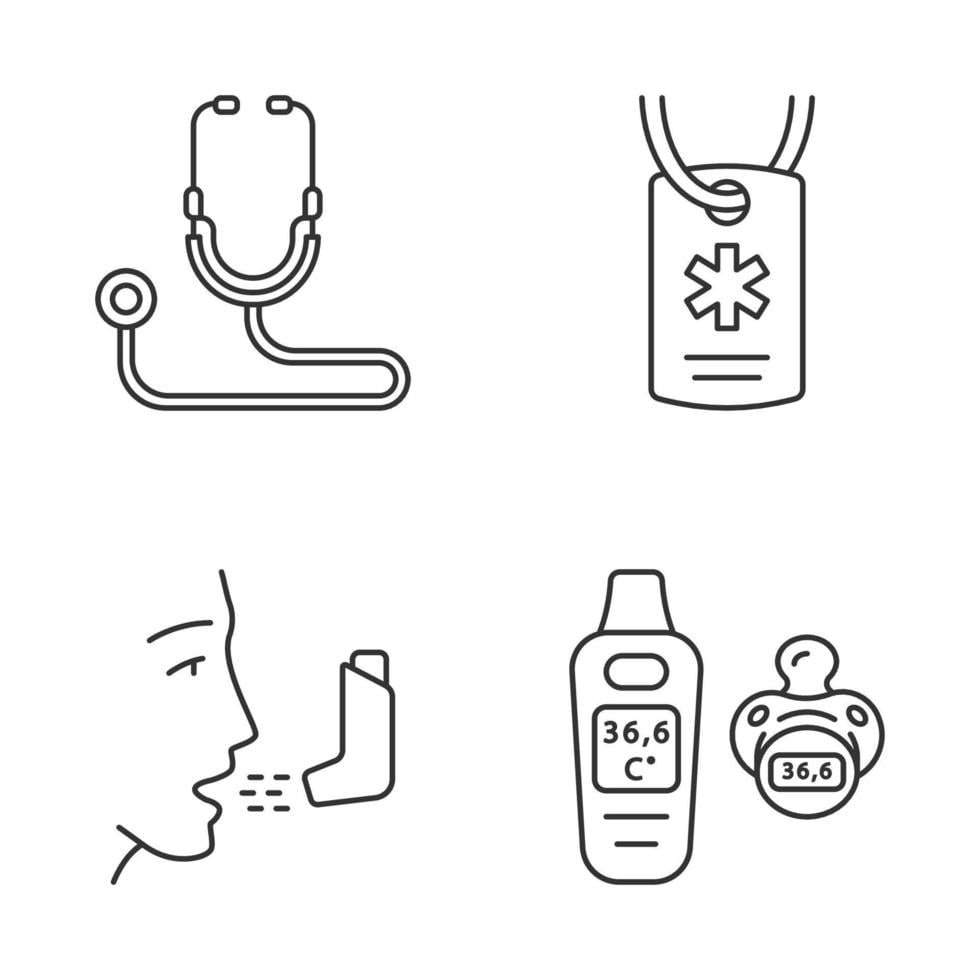
Some of the linear programming problems in real life are:
1.Scheduling: Many businesses need to schedule workers and resources to maximize efficiency and profitability.
2.Network Design: Companies use linear programming to optimize network designs to minimize costs while meeting customer demands.
3.Production Planning: Companies use linear programming to plan production schedules to maximize profits while meeting customer demands.
4.Financial Planning: Companies use linear programming to plan financial investments to maximize returns while minimizing risk.
5.Transportation: Companies use linear programming to optimize transportation routes and schedules to minimize costs and maximize efficiency.

6.Facility Location: Companies use linear programming to identify optimal locations for facilities and warehouses to minimize costs and maximize efficiency.
Linear Programming Problems And Solutions
Linear programming (LP) is a method for finding the maximum value of a linear objective function subject to constraints on the values of the decision variables. It is used to solve optimization problems where the objective function and the constraints are all linear.
Problem 1:
Maximize 5x + 4y
Subject to:
2x + 3y ≤ 24
5x + y ≤ 21
x ≥ 0, y ≥ 0
Solution 1:
The objective function is 5x + 4y. The constraints are 2x + 3y ≤ 24 and 5x + y ≤ 21.
To solve this problem, we first need to graph the constraints in order to find the feasible region. The feasible region is the set of points that satisfy all of the constraints.
From the graph, we can see that the feasible region is the triangle bounded by the lines x = 0, y = 0, and 2x + 3y = 24.
The maximum value of the objective function occurs at the vertex of the triangle. In this case, the vertex is (8, 0). Plugging this into the objective function gives us a maximum value of 40. Therefore, the solution to this problem is x = 8, y = 0
Also, read Lattice and Recurrence Relation















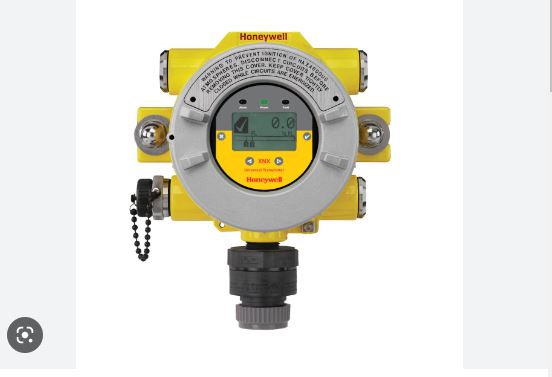
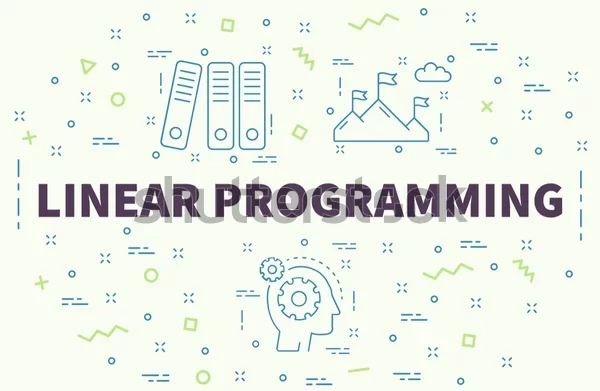


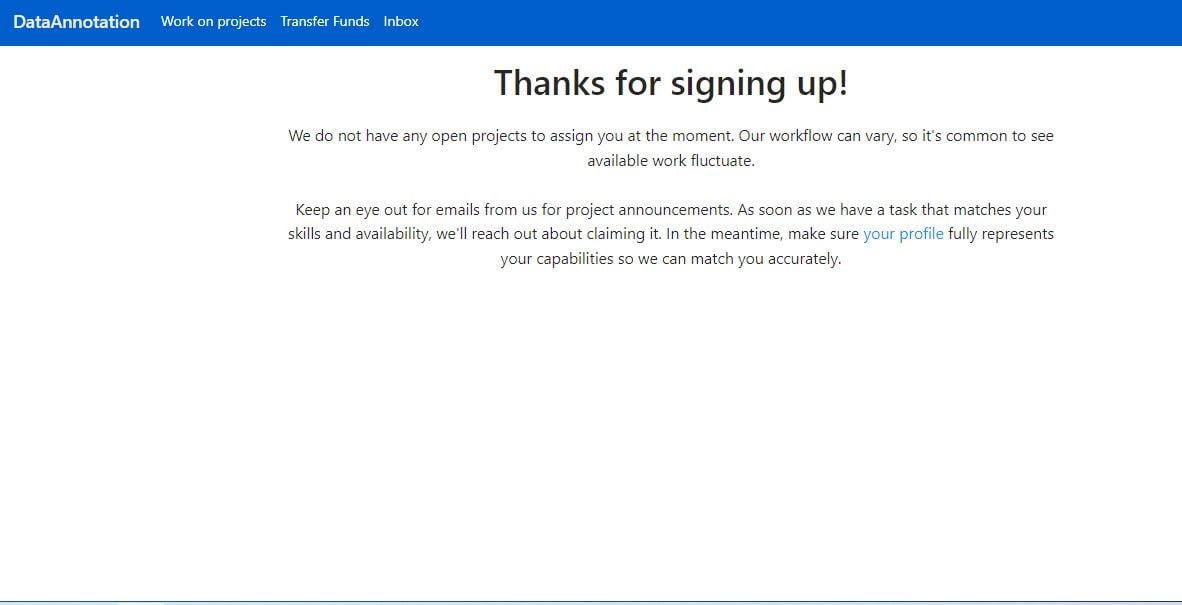

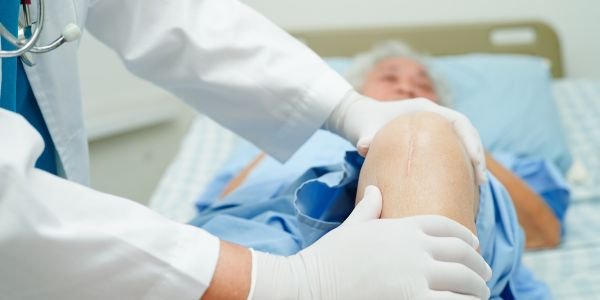


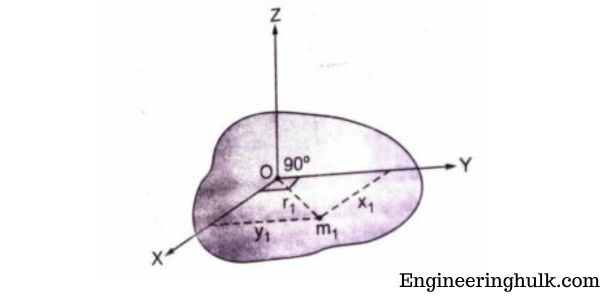




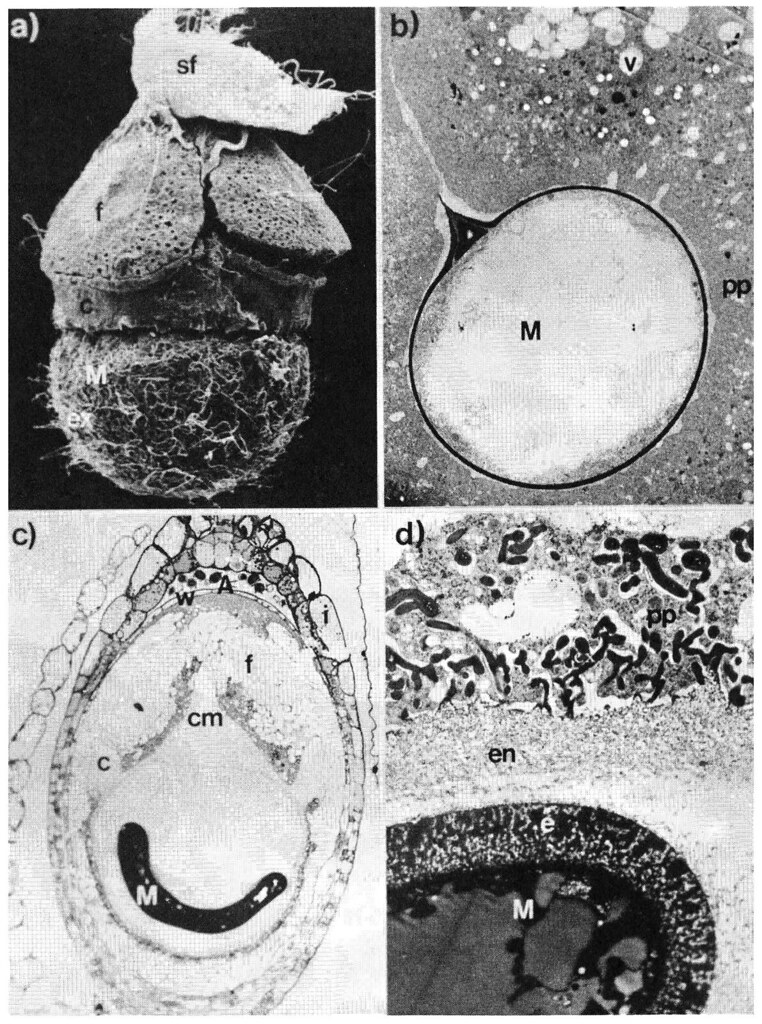
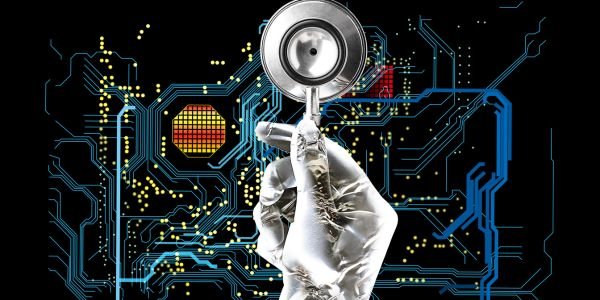

Comment on “Linear Programming Problems”
Comments are closed.